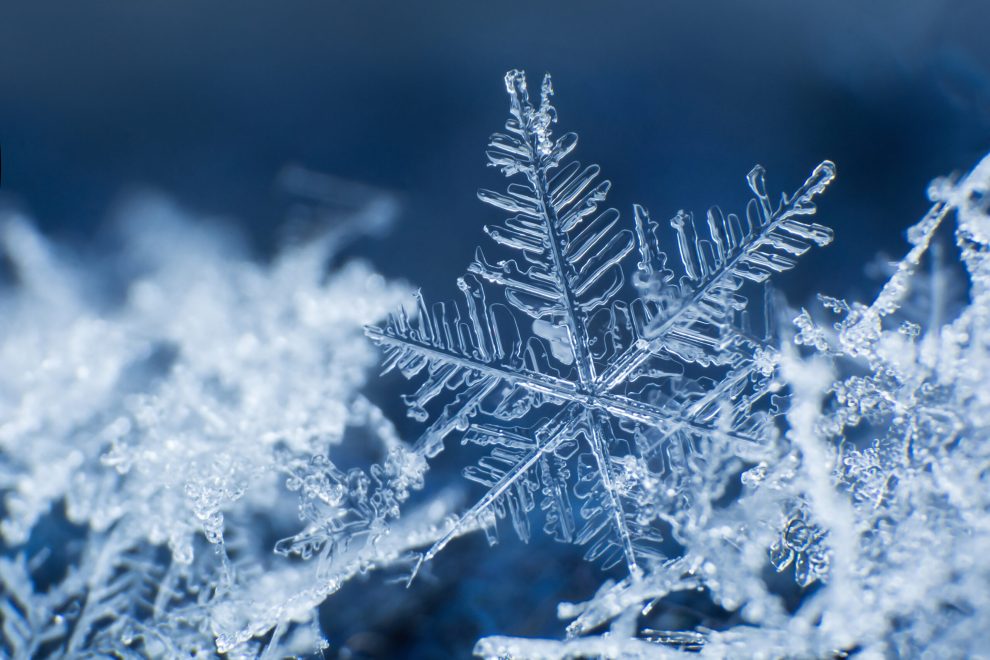Snowflakes, those delicate and mesmerizing creations of winter, have enchanted us with their intricate beauty for centuries. These tiny ice crystals fall from the sky in a variety of unique shapes, captivating our imagination and inspiring wonder. In this blog post, we will delve into the fascinating world of snowflakes, exploring their formation, structure, and the scientific marvel behind their remarkable diversity.

I. The Formation of Snowflakes Snowflakes are formed when water vapor in the atmosphere condenses directly into ice crystals. This process occurs when the temperature is below freezing and there is sufficient moisture in the air. The journey of a snowflake begins as a tiny ice nucleus, growing and developing as it falls through the layers of the atmosphere.
II. The Unique Structure of Snowflakes Snowflakes are renowned for their intricate and symmetrical structure. Each snowflake consists of a hexagonal lattice, with branches or arms extending from the central core. The specific shape and complexity of a snowflake depend on various factors, including temperature, humidity, and the presence of ice crystal growth modifiers.
III. The Diversity of Snowflake Shapes No two snowflakes are exactly alike, showcasing the astounding diversity of nature’s artistry. Snowflakes can take on a variety of shapes, including stellar dendrites with branching arms, needle-like columns, and hexagonal plates. The intricate interplay of temperature and humidity during formation contributes to the unique shape of each individual snowflake.
IV. The Science of Snowflake Formation The science behind snowflake formation is a fascinating blend of physics and chemistry. The growth of a snowflake is influenced by the molecular structure of ice and the processes of diffusion, deposition, and crystal growth. Scientists use advanced techniques such as electron microscopy and computer simulations to unravel the mysteries of snowflake formation.
V. Snowflakes and Weather Patterns The characteristics of snowflakes can provide insights into weather conditions and atmospheric dynamics. Factors such as temperature, humidity, and air currents affect the size, shape, and composition of snowflakes. Studying snowflake morphology can help meteorologists understand weather patterns, forecast snowfall, and monitor climate change.
VI. The Wonder of Snowflakes in Art and Culture Snowflakes have not only captivated scientists but also artists, poets, and storytellers. Their delicate beauty has inspired countless works of art, literature, and folklore. Snowflakes symbolize purity, transience, and the magic of winter. From intricate paper cutouts to detailed photographs, the artistry of snowflakes continues to inspire and evoke wonder.



















Add Comment